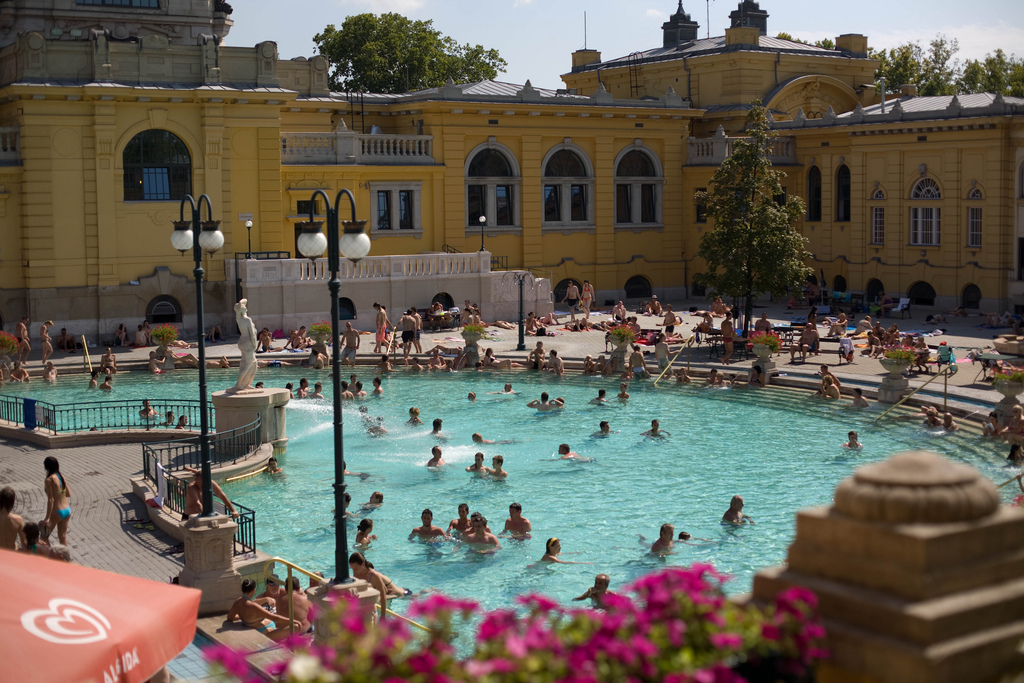Home > Budapest Travel Blog > History of Budapest's Bath Culture
History of Budapest's Bath Culture
Budapest is a city of history
and with great history comes great culture, worthy of proper sightseeing. The castle of Buda, looking down to the whole city, the Heroes’ Square, standing solid as proof for the struggles and victories of the Hungarian people, the unique building of Parliament, the heart of the country itself! Loads of stuff to see!
Sometimes the hands of humanity is not enough, but with a kiss from mother nature, true miracles can come to existence. This “Fifth Element” which makes Budapest special is thermal water - the secret treasure of the city, hidden deep beneath the ground.
There are almost 125 thermal springs in the city (yep, you read the number right). The first ones to discover these wonders were the Romans, 2000 years ago, establishing the history of bathing culture in the country. But foundations are worth nothing without a building erected upon it. The Turkish occupation is a sad part of Hungarian history - but the Turks knew the importance of thermal baths, and decided to expand!
The last, but not least important part of the short history is Count István Szécheny, a great reformer of the 19th century. He helped the country to, once again, get on it’s own feet. Many famous buildings are linked to his name - and one of our biggest, most popular neo-baroque thermal bath is named after him.

The bath is easily approached by sightseeing buses. The most popular way of transportation is the hop on hop off bus that not only helps you get around the city fast, but gives you time to visit the sights! You can get off anytime and hop on as the next one arrives!
Make sure you check out our lines for more information!



